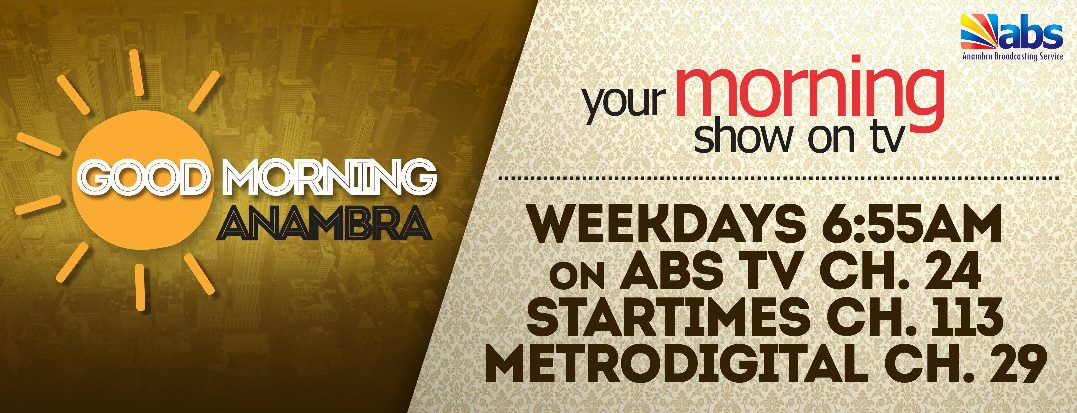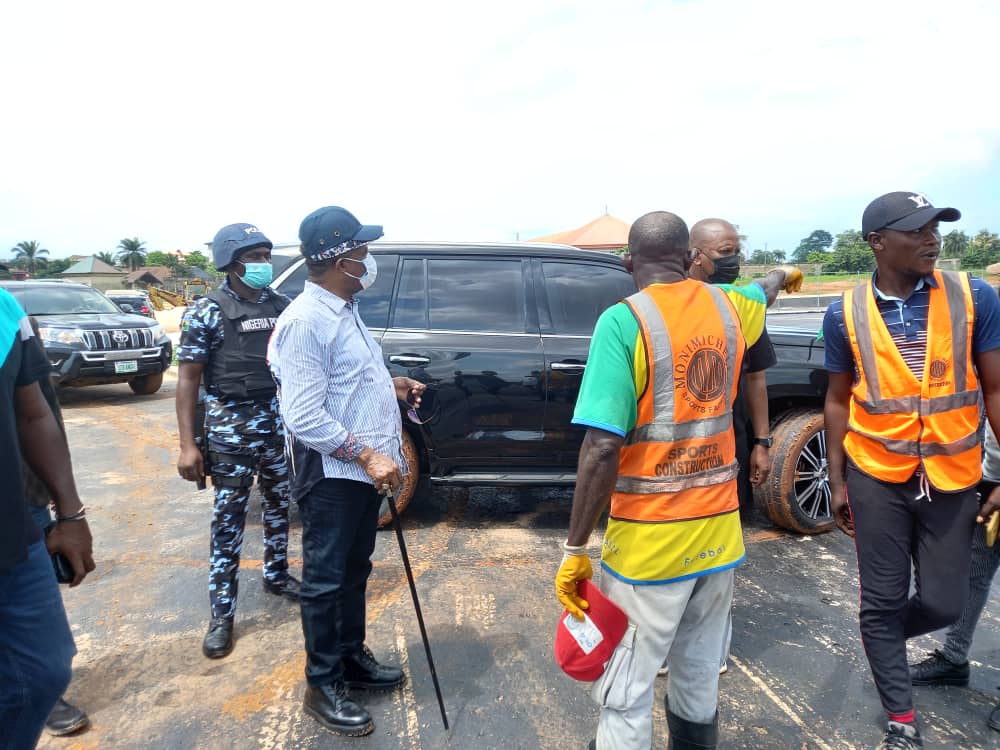It was a World Heavy Weight Boxing Champion, Evander Holyfield, who once said that the favorite part of any game is to have the opportunity to play it. And an Olympic medalist, Picabo Street, says you cannot play any game when you don’t have the wherewithal to do so.
Hence, it has always been something of an irony that for all her array of sporting talents, Anambra State does not have a standard sporting facility. From Emmanuel Ifeajuna, Nigeria’s first Commonwealth Gold Medalist; to Innocent Egbunike, the Olympic Bronze Medalist; Mary Onyali, two times Olympic Bronze Medalist; Francis Obikwelu, Olympic Silver Medalist and Uchenna Emedolu, Olympic Silver Medalist, Anambra has contributed quality athletes that brought honour to Nigeria.
And in football, Anambra’s Emmanuel Okala, who turned 70 last week, is Nigeria’s first winner of the African Footballer of the Year award. The state also parades legendary footballers like, Silvanus Okpala, Kenneth Boardman, Aloysius Atuegbu, Keneth Ilodigwe, Arthur Egbuna, Chimezie Nwanaga, Louis Igwillo, Ifeanyi Onyedika, Amaechi Otti, Okwuchukwu Obiora, Charles Okonkwo, Ikechukwu Ofoje, Obinna Nsofor, Mikel Obi, Victor Anichebe as well as the ace Commentator, Ernest Okonkwo.
It is therefore something of regret that the state has no stadium of its own. What Anambra has are some privately owned stadia, including Neros Stadium, Rojenny Sports Stadium and Gabros International Stadium now rechristened Ifeanyi Ubah Stadium. However, the facilities are not located in the state capital, Awka. They are located at Nanka, Oba and Nnewi respectively. As a fast developing capital city, Awka needs modern facilities for leisure, sports, recreation, conferences, lifestyle and business.
Gladly, Governor Willie Obiano has now built a stadium in Awka. Located in the heart of the city, few months ago, this glittering stadium, a FIFA recognized project, was a piece of abandoned land where daring herders grazed their cattle. But work has reached advanced stages on the stadium.
It was designed as a compact sporting facility with a covered stand, swanky dressing rooms, an electronic scoreboard, FIFA-standard pitch and Olympic-standard tartan tracks for sprinters. The facility was designed to accommodate future expansion possibilities and still retain a large parking space.
And so, finally, Ndi Anambra will have access to modern sporting and recreational facilities that will boost their hopes for an improved lifestyle and reduce the pressure on Alex Ekwueme Square, which was not conceived as a facility for sports but has been converted to one by expediency.
The new Awka Stadium will further deepen development of football in the state. It will equally keep our youth busy positively because an idle mind is always a devil’s workshop. Once again, Governor Willie Obiano has left an indelible footprint in an area where it matters a lot…Sports, just as he did in aviation industry by constructing a magnificent Anambra International Cargo and Passenger Airport. Work is equally at advanced stage at the International Conference Centre, Agu Awka. No wonder an analyst once said that Akpokuedike is South East best governor in history. Imagine giving Anambra all its first basic and social amenities and legacy projects in seven years.
It would be recalled that the governor had, ahead of the completion of the stadium complex, announced formation of men and women football teams for the state to be called ‘Anambra Bombers and Anambra Babes’ respectively to represent the state in national and international competitions.
Furthermore, Anambra had launched the Anambra Football Campaign, to canvass grassroots support for football advancement in the state. Meanwhile, the FIFA licensed contractor handling the construction of the Awka Township Stadium has assured that the stadium would, on completion, be the best mini stadium in sub-saharan Africa. The construction of the stadium is in three phases. The first phase addressed important facilities like track and field, dressing rooms, terraces, changing rooms and the general aesthetics of the stadium. The second phase addressed areas such as the Governor’s Lounge, cubicles for fans and press conference room. The third and final phase, which required temporal closure of the stadium for about six months, handled complete covering of the pavilions. Bravo Akpokuedike!
WRITTEN BY DR. NNAMDI NWADIOGBU









Comments are closed for this post.